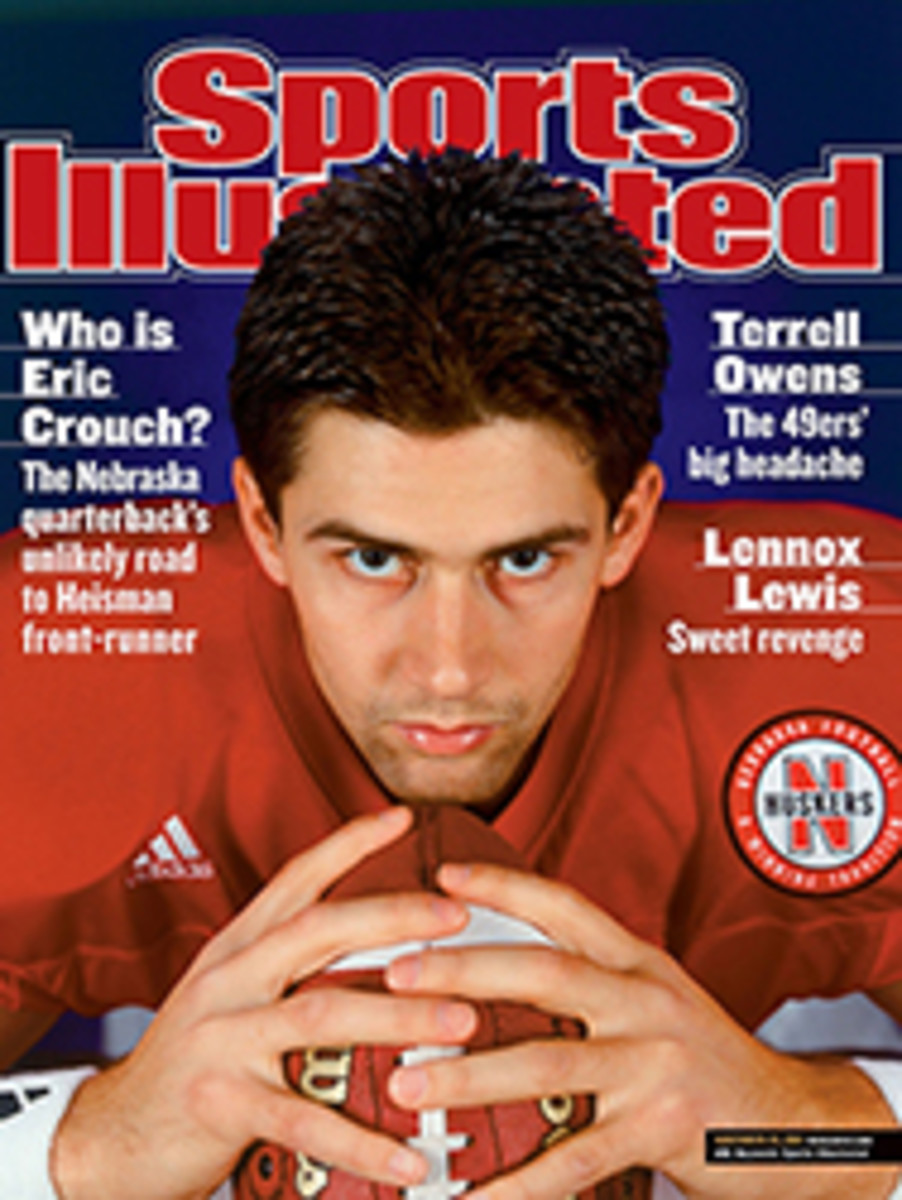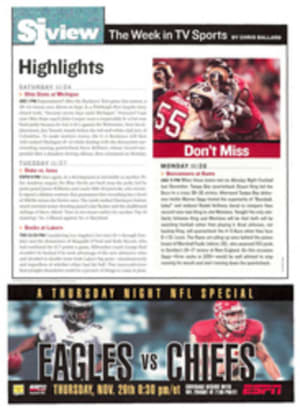
'Tis Better To Receive Josh Reed's move from tailback to wideout has been a godsend for LSU
Two of the defining moments in the career of LSU junior wideout
Josh Reed have come not in Louisiana but in Alabama. Two years
ago, after the Tigers' receiving corps had been depleted by
injuries and suspension, Reed, then the third-string tailback,
was pressed into his first action at wideout and made two
catches for 33 yards. Twenty-one games and 116 receptions later
he returned to Bryant-Denny Stadium, on Nov. 3, as one of the
nation's most dangerous receivers and finished with 19 catches
for 293 yards, both SEC single-game records. "It was an
anniversary for me," says the 5'11", 200-pound Reed, who leads
the nation in receiving yards per game (145.7) and is one of
three finalists for the Biletnikoff Award. "I told myself I
wanted to have a little bit more impact this time. I never
imagined it would be what it was."
In 15 of his 23 games as a wideout Reed has had 100 or more
receiving yards, and he's one of only three wideouts in SEC
history to amass back-to-back 1,000-yard seasons. His shift from
backfield to the flank is being heralded on the bayou as one of
the best moves since the Cajuns migrated from eastern Canada to
Louisiana nearly 250 years ago.
In 1999, with LSU's wideout ranks decimated by injury and the
suspension of starter Larry Foster for purse-snatching, reserve
quarterback Craig Nall, a pocket passer with pedestrian speed,
was filling in at receiver. Five days before the game against
Alabama, starting quarterback Josh Booty suggested to both Reed
and Gerry DiNardo, the coach at the time, that Reed be moved to
receiver. "I told Josh that we needed to get him on the field,"
says Booty, who's now a backup for the Cleveland Browns. "He said
he'd never played receiver, but he'd do anything to play." Reed
asked DiNardo if he could try wideout, and he practiced there
that week.
Still, Reed wouldn't have gotten on the field if receiver Abram
Booty, Josh's brother, hadn't injured his hamstring in the third
quarter of the 23-17 loss to the Tide. Reed saw action on only a
handful of plays that day, but the next week, against Houston, he
caught five passes for 100 yards and seemed to have found his
calling.
DiNardo, however, was fired soon thereafter, and when Nick Saban
and his staff came in, they weren't sure what to make of Reed.
During the early days of spring practice, when Reed did little to
impress the coaches, they considered moving him to his old
position or to defensive back but decided to wait. "We gave him a
few more days, and he started blossoming," Saban says.
Reed doesn't fit the mold of a classic wideout. His speed is
nothing special--he runs the 40 in about 4.5 seconds--and he has
the squatty build of a running back. But he cuts as sharply as a
Ginsu knife and, because of his experience in the backfield, is
particularly dangerous after making a catch. "He can stick his
foot in the ground and come out of a break as well as anybody
I've seen," Saban says. "That helps him get open by gaining
separation from a defensive back."
Reed's play has made him so popular in his hometown of Rayne,
La., the self-proclaimed Frog Capital of the World, that Mayor
James Petitjean believes Reed may do more to put the town on the
map than even the annual Frog Festival. "I don't know about
that," Reed says. "The Frog Festival's been around a long time.
But if I get that big, I'll know I've really made it."
COLOR PHOTO: STEVE FRANZ/LSU

